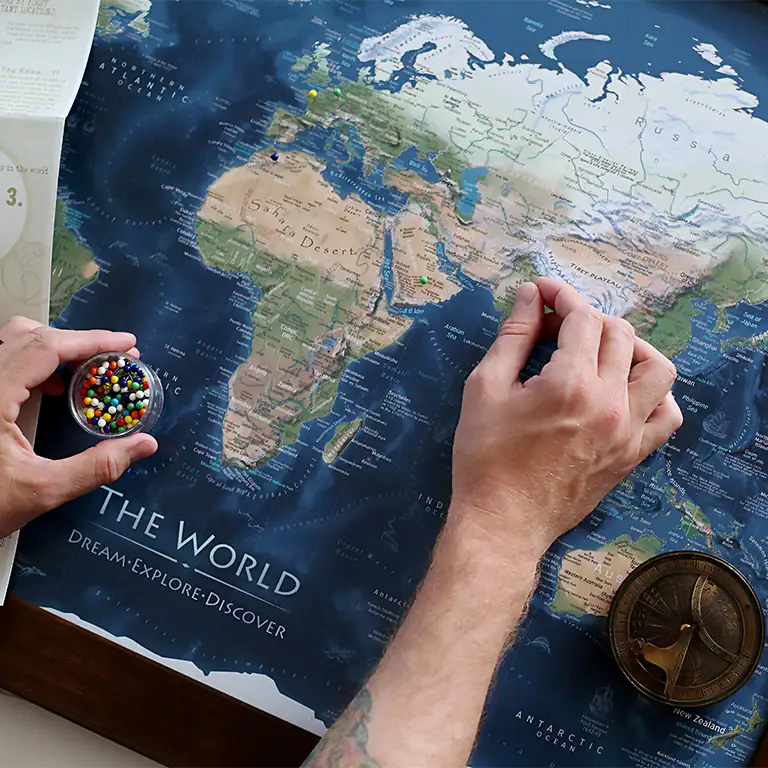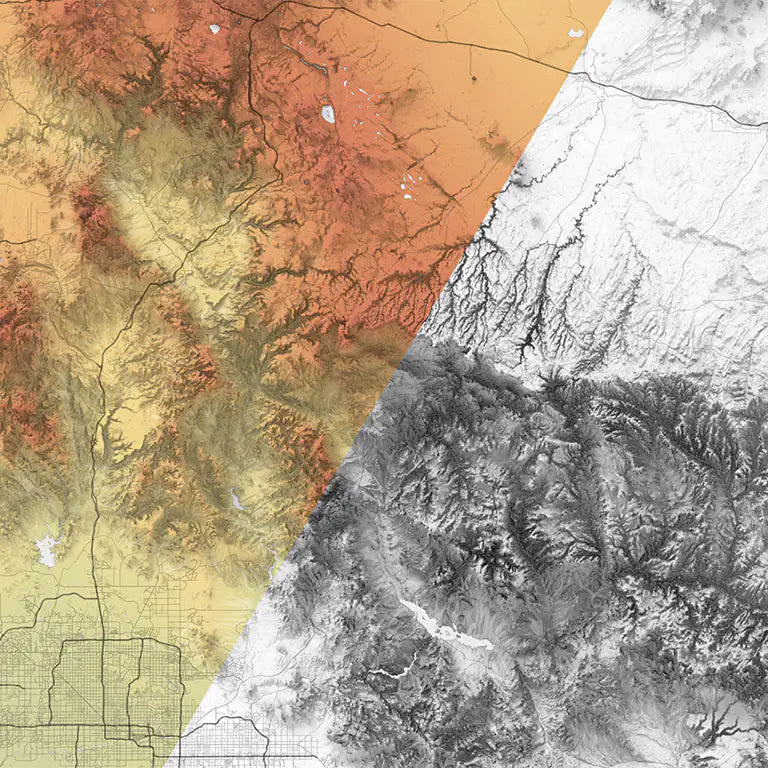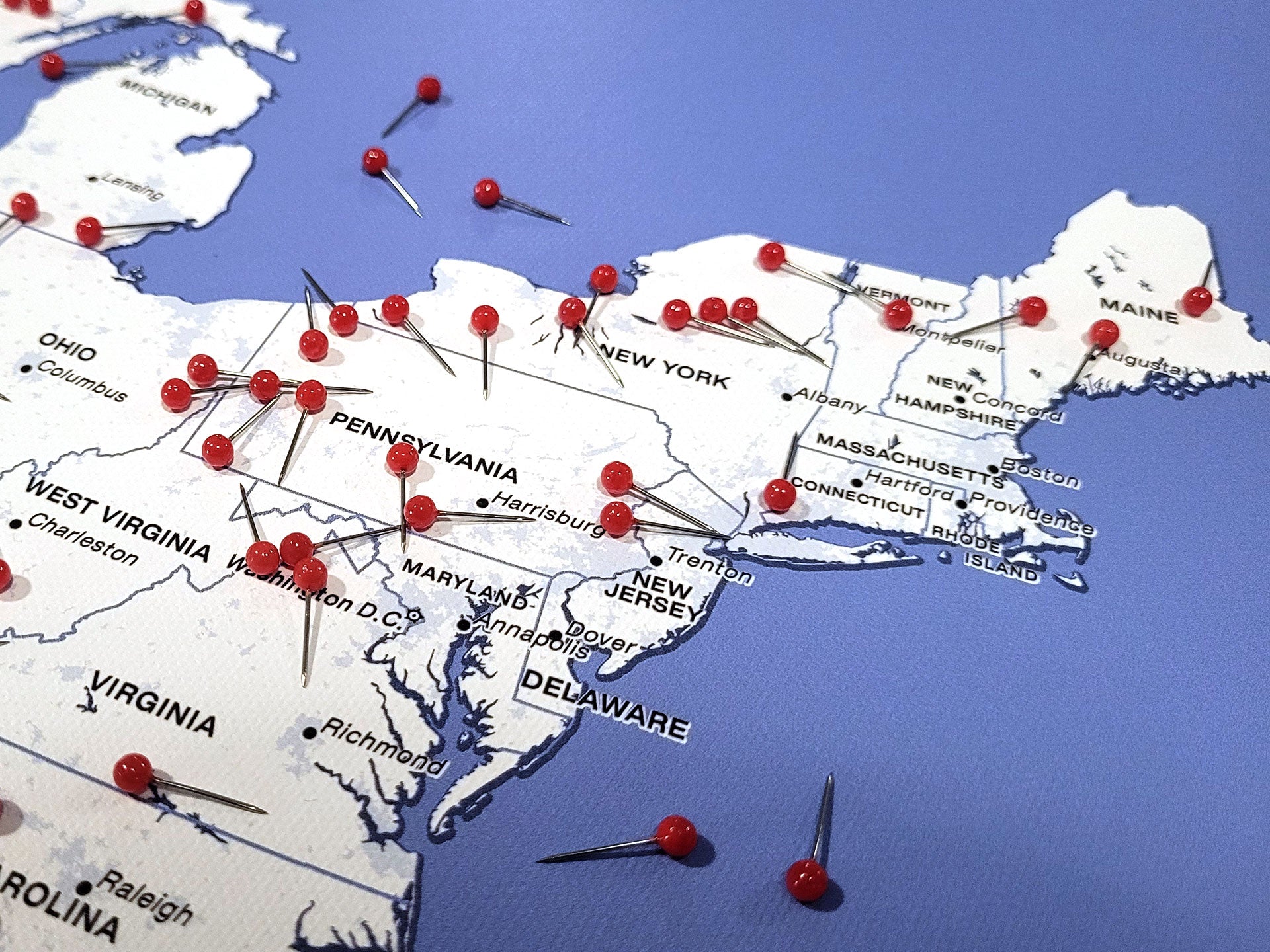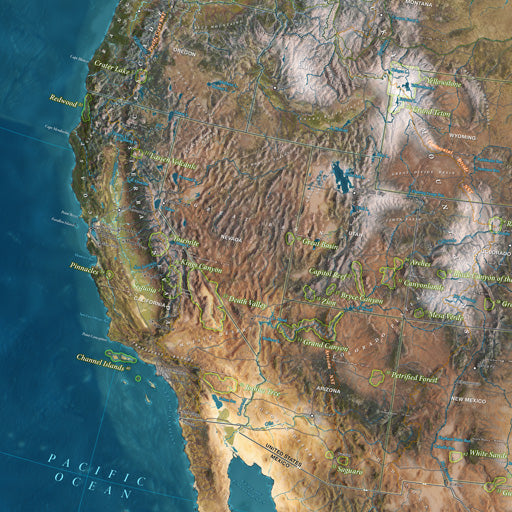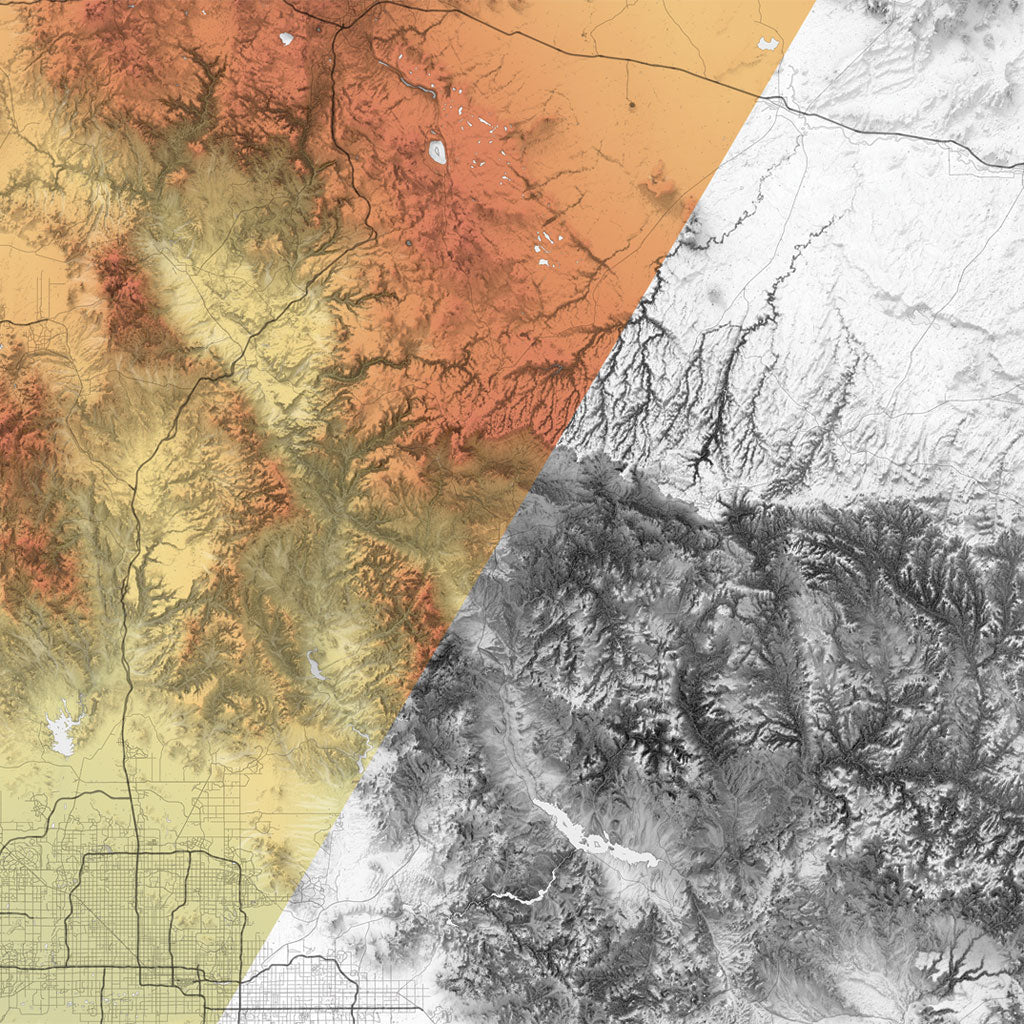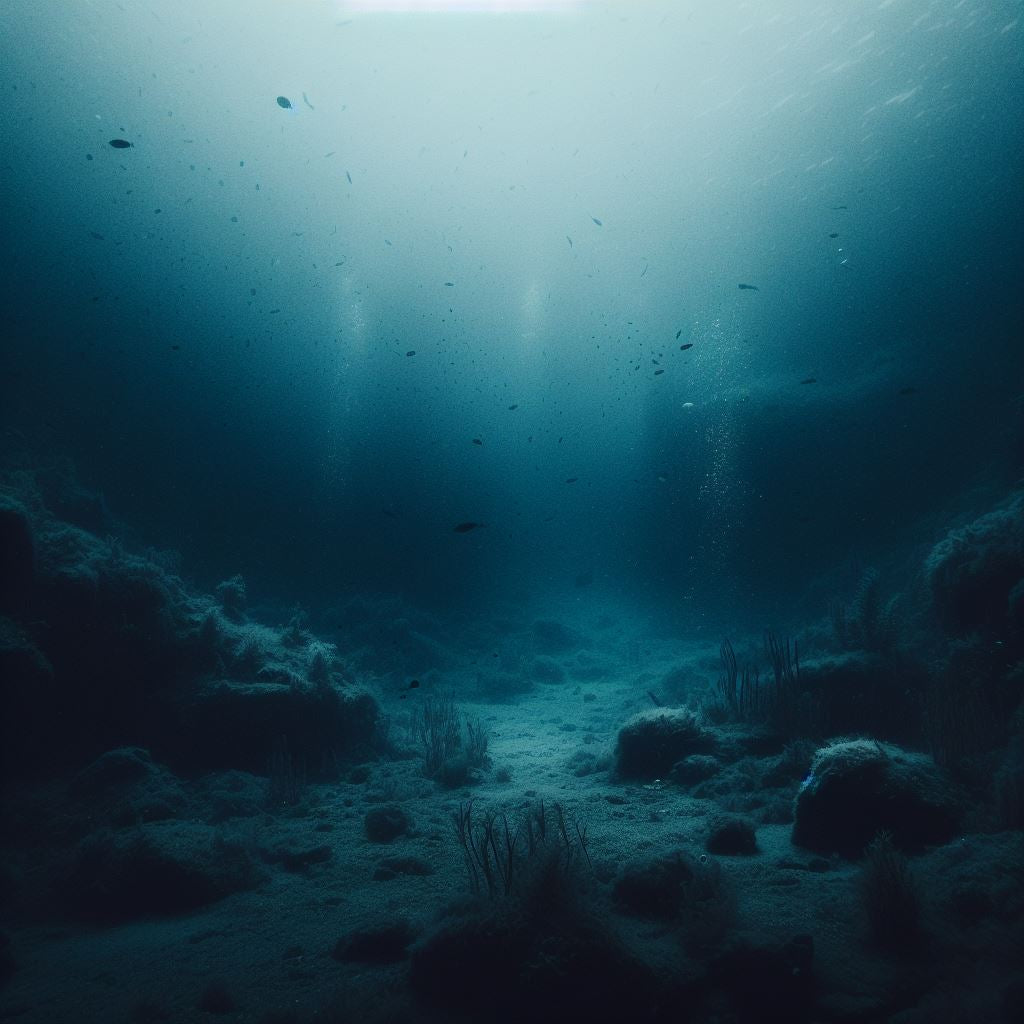The Uncharted Depths of Our Planet
The ocean, a vast and enigmatic expanse, covers more than 70% of our planet's surface. Yet, it remains one of the most unexplored and mysterious frontiers on Earth. As an environmental scientist with years of experience in remote sensing, I've witnessed firsthand the ocean's wonders and its crucial role in our world's balance.
The Vastness of the Ocean: A World Beyond Imagination
Ocean Size and Depth
Imagine a world where mountains dwarf Everest, and valleys plunge deeper than the Grand Canyon. This is the reality beneath our oceans. Hawaii’s Mauna Kea, if measured from its base at the floor of the Pacific Ocean, is over 4,000 feet taller than Mount Everest. Challenger Deep, the deepest point in the Mariana Trench, is over 5 times the depth of the Grand Canyon at its deepest point! Both of these extremes are located in the Pacific Ocean, which alone spans an area larger than all of Earth's landmass combined. Even comparing the grandest landmarks on dry land, it is incredibly difficult to describe the true scale of our world’s oceans.
Unexplored Territories
Despite modern technology, over 80% of the ocean remains uncharted and unseen by human eyes. Each dive into these depths is a journey into the unknown. For instance, the Mariana Trench, the deepest part of the world's oceans, is often said to be less explored than the surface of the moon (though it may not be anymore). The Sargasso Sea, another enigmatic area, stands out due to its clear, blue water and the vast mats of sargassum seaweed that float on the surface, creating a unique floating ecosystem. Unlike other seas, it has no land boundaries and is demarcated only by 4 ocean currents. This distinct environment hosts rich biodiversity, including species that are specially adapted to life within the floating seaweed, and plays a critical role in the life cycles of both eels and sea turtles. By exploring areas like these, we gain invaluable knowledge about the systems that power life on our planet.
The Formation of the Ocean Floor: Earth's Hidden Sculpture
The Dynamic Earth: Tectonics at Work
Like the whole of the Earth’s surface, the ocean floor is a dynamic, ever-changing landscape, sculpted over millions of years by the forces of plate tectonics. The movement of these gigantic plates forms ocean basins, mountain ranges, and trenches. The Mid-Atlantic Ridge, a monumental underwater mountain range that stretches approximately 10,000 miles along the floor of the Atlantic Ocean, is a prime example. It was formed by divergent tectonic plates, a type of plate boundary where two tectonic plates move away from each other. In the case of the Mid-Atlantic Ridge, it's primarily the Eurasian and North American plates in the North Atlantic, and the African and South American plates in the South Atlantic, that are moving apart. As these plates diverge, magma rises from beneath the Earth's crust to fill the gap, creating new oceanic crust, in a process known as seafloor spreading.
Volcanoes and Vents: Creating New Landscapes
Underwater volcanic activity plays a pivotal role in shaping the entire ocean floor. This activity, found along not only mid-ocean ridges but hotspots and subduction zones as well, contributes significantly to the dynamic nature of the ocean floor. Hotspots are areas in the Earth's mantle where plumes of hot material rise towards the surface, creating volcanoes and seamounts. These remain stationary while tectonic plates move over them. One famous example is the Hawaiian Islands, which were formed by hotspots beneath the Pacific Plate. Check out our map of the Hawaiian Islands for a detailed view of the ocean floor surrounding the volcanic island chain, and discover seamounts, volcanoes, and fractures all illustrated using data collected by NOAA. Subduction Zones are regions where one tectonic plate slides beneath another, leading to intense geological activity. As the descending plate moves into the hotter, deeper regions of the Earth, it melts, and the resulting magma rises to the surface, often forming volcanoes. These zones are also associated with deep ocean trenches and powerful earthquakes, like those found in the Ring of Fire, a huge area surrounding the Pacific Ocean where 90% of all earthquakes on Earth take place. This includes areas like Alaska, Japan, Central America, and the Andes Mountains.
One of the most fascinating, but small on the scale of oceans, features associated with underwater volcanoes are hydrothermal vents. These vents are formed when seawater seeps down through fissures in the ocean floor, is heated by the underlying magma, and rises back up, carrying dissolved minerals. As this superheated, mineral-rich water contacts the cold ocean water, it precipitates minerals, forming chimney-like structures known as hydrothermal vents. Organisms found here, such as tube worms, clams, and various bacteria, have adapted to survive in this extreme environment, characterized by high pressure, a lack of sunlight, and temperatures that can exceed 400 degrees Celsius. These ecosystems are of particular interest to scientists because they are based on chemosynthesis rather than photosynthesis. The bacteria at these vents convert the chemicals in the vent fluids into energy, forming the base of a truly unique food web. Hydrothermal vents offer insights into the potential origins of life on Earth and the possibility of life on other planets. These vents demonstrate how life can thrive in environments previously thought to be inhospitable, challenging our understanding of the conditions necessary for life.
The study of underwater volcanoes and hydrothermal vents is not only important for understanding the Earth's geological processes but also for exploring the limits of life on our planet. These underwater features continue to fascinate scientists and laypersons alike, revealing the dynamic and ever-changing nature of the ocean floor.
Sediments Tell a Story
The ocean floor is also a repository of history, where layers of sediment can reveal changes over millions of years. The sediments that blanket the seabed hold clues to the Earth's past, from ancient climate changes to the development of life. These sediments, which accumulate over millions of years, are composed of various materials, including eroded rock from continents, volcanic ash, and residues from marine organisms.
Types of Sediments and Their Origins
- Terrigenous Sediments: These are derived from land and transported to the ocean by rivers, winds, and glaciers. They are particularly abundant near coastlines and continental shelves.
- Biogenous Sediments: Formed from the accumulation of plant and animal material, such as shells and skeletons of marine organisms. In areas rich in life, like coral reefs, these sediments can accumulate rapidly.
- Hydrogenous Sediments: These originate from chemical reactions in the seawater, leading to the precipitation of minerals. They include manganese nodules and other metal-rich deposits on the ocean floor.
Sediment Cores: Unraveling Earth's History
Scientists study sediment layers by extracting long cores from the ocean floor. These cores are like three-dimensional timelines, with each layer representing a different point in time. By analyzing the composition and distribution of sediments in these cores, scientists can infer past environmental conditions, such as ocean temperature, salinity, and even atmospheric carbon dioxide levels.Sediments are particularly crucial in the study of climate change. For instance, the ratios of different oxygen isotopes in foraminifera shells found in sediment layers provide valuable information about past ocean temperatures and ice volumes. This data is instrumental in understanding how our climate has changed over time and can offer predictions for future changes.
The study of ocean sediments is a process of exploring Earth's distant past. As we continue to explore these underwater archives, we gain a deeper understanding of our planet's history, the evolution of its climate, and the life it supports. This knowledge is vital for predicting and preparing for our future in the face of global environmental changes.
Data Collection and Seafloor Observation: Unveiling the Ocean's Secrets
The Evolution of Oceanographic Exploration
The exploration of the ocean floor has evolved dramatically over the years, transitioning from rudimentary depth measurements to sophisticated technological systems. Today, scientists employ a variety of methods to collect data and observe the seafloor, each offering unique insights into this largely uncharted territory.
Sonar: The Eyes of Oceanography
Sonar (Sound Navigation and Ranging) uses sound waves to detect and map objects underwater. It works by emitting sound pulses and measuring the time it takes for the echoes to return after hitting the seafloor or other objects. While rudimentary techniques have been demonstrated as early as 1490, sonar technology as we think of it today was developed by American scientists during World War II.
Multibeam sonar systems emit sound waves in a fan shape beneath a ship, providing a wider view of the seafloor topography than early sonar techniques. Side-scan sonar is a method of collecting data, where a device is towed behind a ship, closer to the seafloor. This method captures a wide band of data, rather than a single row, and is effective in mapping the ocean floor's texture and identifying smaller features like shipwrecks, geological formations, and underwater debris.
The resolution of seafloor data obtained through sonar varies depending on the equipment and depth. For instance, multibeam sonar can achieve a resolution of less than a meter in shallow waters. In deeper areas, the resolution decreases, but advancements in technology are continually improving this, allowing for more detailed and accurate mapping of the ocean floor. Currently, the National Oceanic and Atmospheric Administration (NOAA) offers a dataset of the entire world’s ocean floor at a resolution of about 400 meters, which means we have a depth measurement every 400 meters across the world’s oceans. Of course, some areas have been surveyed more and offer a better resolution, and they are working tirelessly to cover the whole ocean floor at higher resolutions. We used this dataset to create the beautiful bathymetry on display in our collection of world maps.
Satellite Altimetry: Mapping the Sea from Space
Satellite altimetry involves measuring the height of the sea surface from space, using satellites that orbit the Earth. These measurements can be used to infer underwater topography, as the gravitational pull of large underwater mountains and valleys affects the sea surface height. This data makes up the majority of low-resolution bathymetry data currently available. We combine this with areas with better available resolution to interpolate the finer details of our oceans’ floor on our world maps. This technology is useful for mapping and for studying ocean currents and global ocean circulation patterns.
ROVs and AUVs: The Underwater Robots
Remote Operated Vehicles (ROVs) are tethered underwater robots operated by scientists from a ship. ROVs are equipped with cameras, sensors, and sometimes robotic arms, allowing for detailed exploration and sampling in deep-sea environments. Autonomous Underwater Vehicles (AUVs) are untethered and can operate independently, unlike ROVs. AUVs are programmed to collect data on oceanographic parameters like temperature, salinity, and depth. These methods offer a huge amount of information but are limited in the area they can explore at one time.
The Future of Ocean Floor Exploration
The future of seafloor observation is promising, with advancements in technology continually enhancing our ability to explore deeper and more remote areas. Innovations in robotics, sensor technology, and data analysis are opening new frontiers in oceanography, allowing us to unravel more of the ocean's mysteries.
The exploration of the ocean floor through these advanced methods is not just about satisfying human curiosity. It's a crucial endeavor for understanding our planet's past, present, and future, by providing key insights into everything from climate change to biodiversity and guiding our efforts in marine conservation and resource management.
Explore the Ocean's Depths with Our Detailed Maps
Discover the mysteries of the ocean floor from your own home with our detailed maps, featuring all of the intricate details remote sensing allows. Showcasing the fascinating geologic features of the seabed, these maps are a window to understanding and appreciating the world's oceans, painting the ideal world map picture. Enhance your space with a map that not only educates but also inspires exploration and awareness of our planet's underwater wonders.




